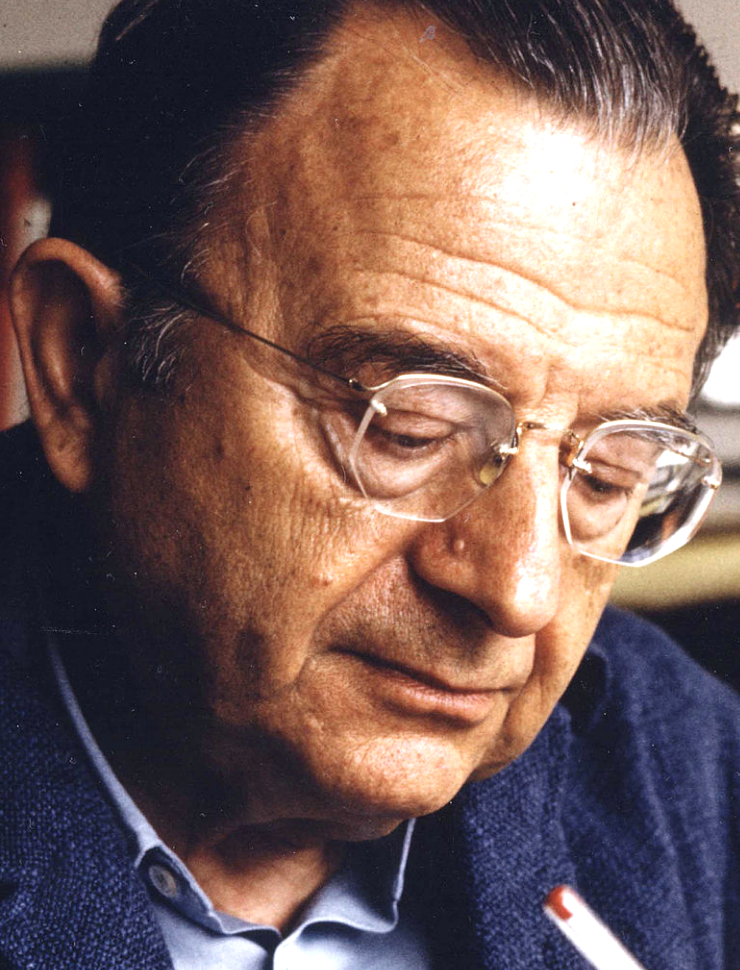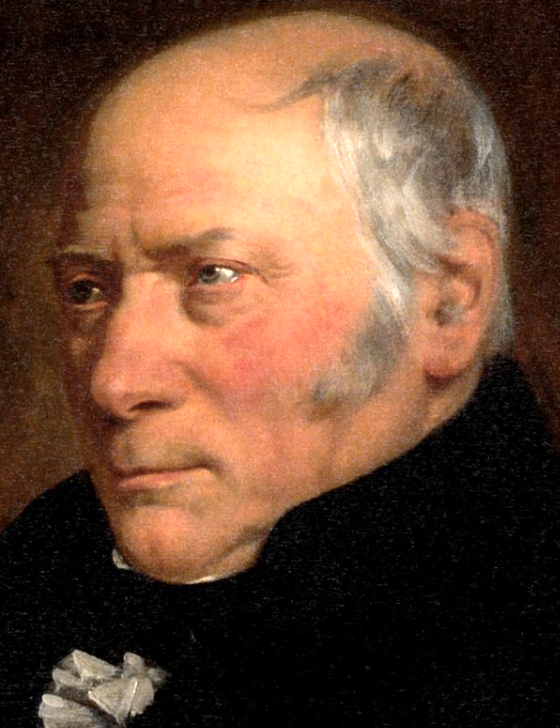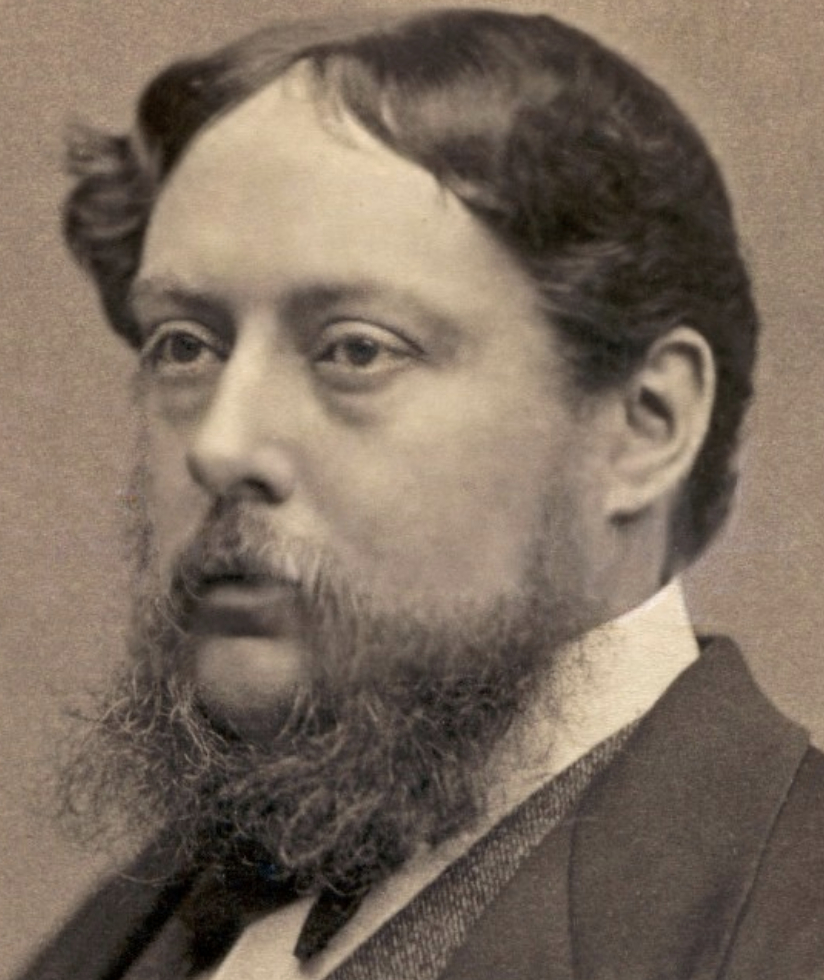March 23
Erich Fromm

On this date in 1900, psychoanalyst and humanist philosopher Erich Fromm was born in Frankfurt am Main, Germany. Grandfathers on both sides of the family were Orthodox rabbis. He earned his Ph.D. in sociology in 1922 from the University of Heidelberg and trained at the Psychological Institute in Berlin. By 1926 he had rejected Orthodox Judaism. Fromm took the story of Adam and Eve and turned it into an allegory in praise of the quest for knowledge, the questioning of authority and the use of reason.
He moved in 1930 to Geneva to escape Nazism, then emigrated to the U.S. in 1934. Fromm taught at Columbia University and became a citizen in 1940. His pinnacle work, Escape from Freedom, was published in 1941, followed by Man for Himself: An Inquiry into the Psychology of Ethics (1947).
Fromm moved to Mexico in 1950 to become a professor at the National Autonomous University, where he taught until 1965. The Art of Loving (1956) became an international best-seller. That was followed by The Sane Society (1955), You Shall Be as Gods (1966), The Anatomy of Human Destructiveness (1973), and To Have or to Be (1976). He started teaching in the U.S. again in the late 1950s at Michigan State University and later New York University.
He was a co-founder of several institutes, including the William Alanson White Institute of Psychiatry, Psychoanalysis and Psychology. As a critic of McCarthyism and the Vietnam War, he helped found the international peace group SANE.
In The Sane Society, Fromm distinguishes “intelligence” (“thought in the service of biological survival”) from “reason,” which “aims at understanding.” “In observing the quality of thinking in alienated man, it is striking to see how his intelligence has developed and how reason has deteriorated.” Fromm called ethics “inseparable from reason.”
Fromm “just didn’t want to participate in any division of the human race, whether religious or political,” wrote Keay Davidson in “Fromm, Erich Pinchas” ( American National Biography Online, Feb. 2000) and was a confirmed atheist. He moved to Switzerland in 1974, where he died just before his 80th birthday in 1980.
"If faith cannot be reconciled with rational thinking, it has to be eliminated as an anachronistic remnant of earlier stages of culture and replaced by science dealing with facts and theories which are intelligible and can be validated."
— Fromm, "Man for Himself" (1947)
William Smith

On this date in 1769, William Smith, known as the “Father of English Geology,” was born in Oxfordshire. Smith, who trained as an apprentice surveyor, single-handedly produced the world’s first geological map in 1815 of England, Wales and part of Scotland, spending 15 years on the project.
Smith, “whose agnosticism was well known,” according to biographer Simon Winchester, produced a “map that heralded the beginnings of a whole new science … a map that laid the foundations of a field of study that culminated in the work of Charles Darwin.”
In “The Map That Changed the World: William Smith and the Birth of Modern Geology” (2001), Winchester wrote: “It is a map whose making signified the start of an era, not yet over, that has been marked ever since by the excitement and astonishment of scientific discoveries that allowed man at last to stagger out from the fogs of religious dogma, and to come to understand something certain about his own origins and those of the planet.”
He also noted that “For the first time the earth had a provable history, a written record that paid no heed or obeisance to religious teaching and dogma, that declared its independence from the kind of faith that is no more than the blind acceptance of absurdity.”
Smith went bankrupt in 1819, spending several weeks in a debtors’ prison, then worked as an itinerant surveyor for many years. The Geological Society of London recognized his achievements by awarding him in 1831 its inaugural Wollaston Medal, the society’s highest honor. It’s named after William Hyde Wollaston, who discovered the elements palladium and rhodium and developed a process to turn platinum ore into malleable ingots.
Smith’s fossil collection is housed in the Natural History Museum, formerly part of the British Museum, in London. He died at age 70 in Northampton. (D. 1839)
“In 1793 William Smith, a canal digger, made a startling discovery that was to turn the fledgling science of the history of the Earth — and a central plank of established Christian religion — on its head.”
— Publisher's blurb, "The Map that Changed the World" (Harper, 2001)
Richard Proctor

On this date in 1837, Richard Anthony Proctor was born in London. He attended St. John’s College, Cambridge, where he studied mathematics and theology, receiving his degree in 1860. Soon after graduation he began making astronomical observations and writing about astronomy for the general public. In them he connected astronomical ideas to the religious and intellectual debate then current about the possibility of life on other worlds.
He is best remembered for producing one of the earliest maps of Mars in 1867 from drawings by the observer William Rutter Dawes. Using 200-year-old drawings, he calculated the length of Mars’ sidereal day to within one-tenth of a second of its modern value.
He went on several lecture tours throughout the English-speaking world, including Australia, New Zealand and the U.S. He became a fellow of the Royal Astronomical Society in 1876. In 1881 he and his family moved to the U.S., where he lived for the rest of his life. He wrote 57 books, 500 essays and 83 scientific papers on astronomy.
Proctor was a Catholic from the time of his first marriage in 1860 but he later abandoned these beliefs for deism and, finally, agnosticism. Many of his later written works take a skeptical view toward religious and theological questions, such as the dismissal in his The Universe of Suns, and Other Science Gleanings of the possibility of the Star of Bethlehem being based on an astronomical event.
His largest and most ambitious work, Old and New Astronomy, left unfinished at his death, was completed by Arthur Cowper Ranyard and published in 1892. He died at age 51 of yellow fever in New York City in 1888.
“[H]e became a student at King’s College, where he came out either at or close to the head of the honours list in Theology, a subject for which he was untiring in the subsequent expression of his contempt.”
— Proctor's obituary in The Observatory journal (Vol. 11, 1888)
